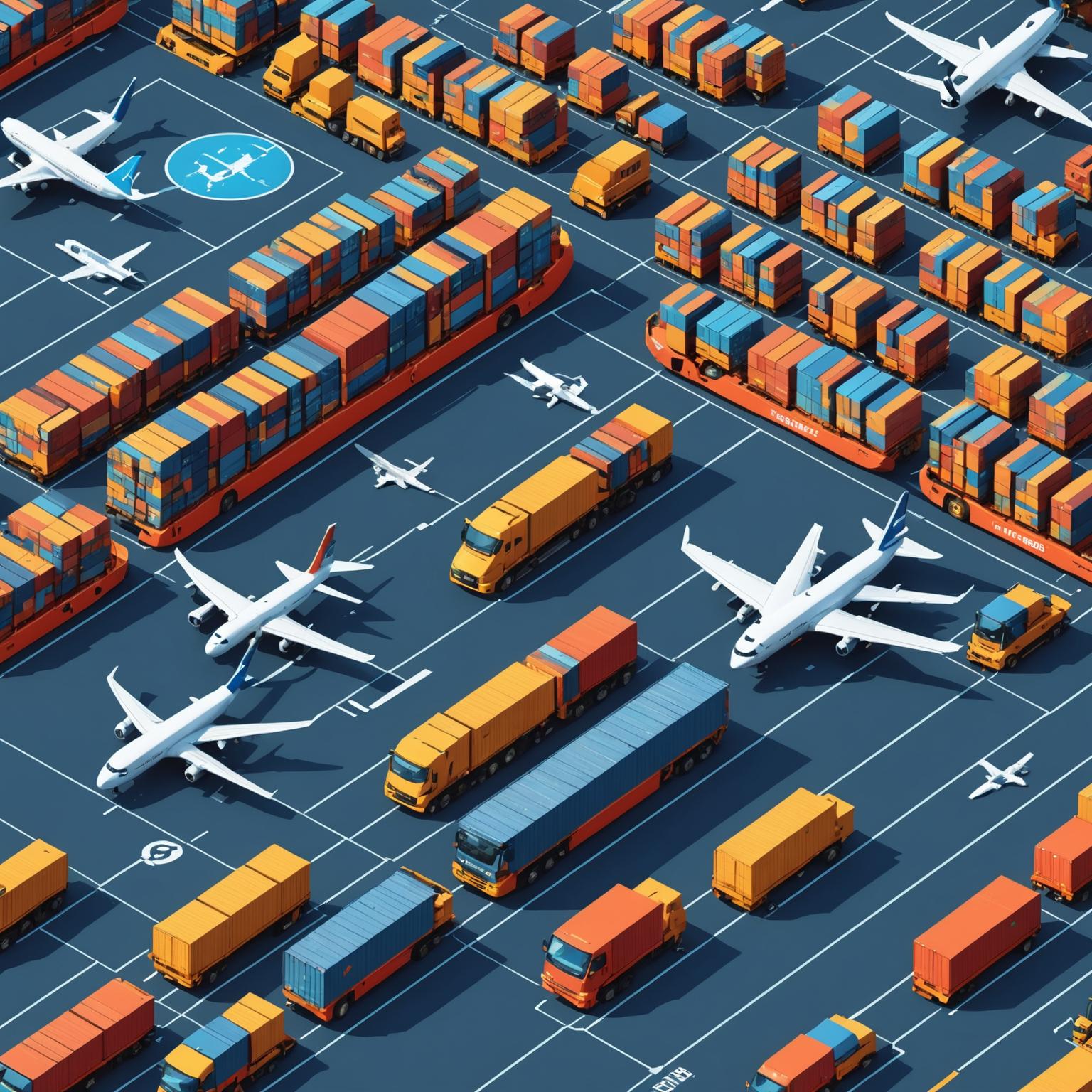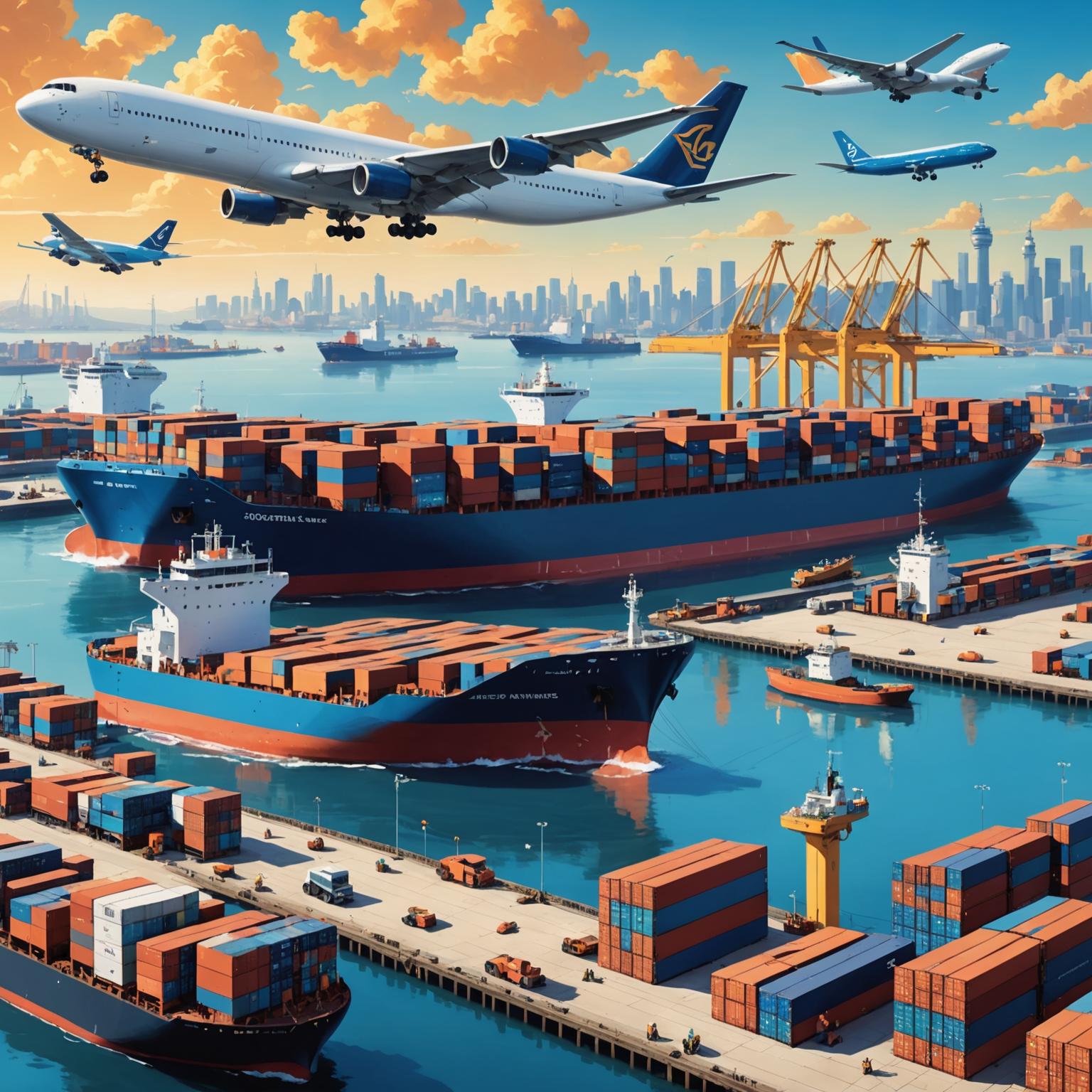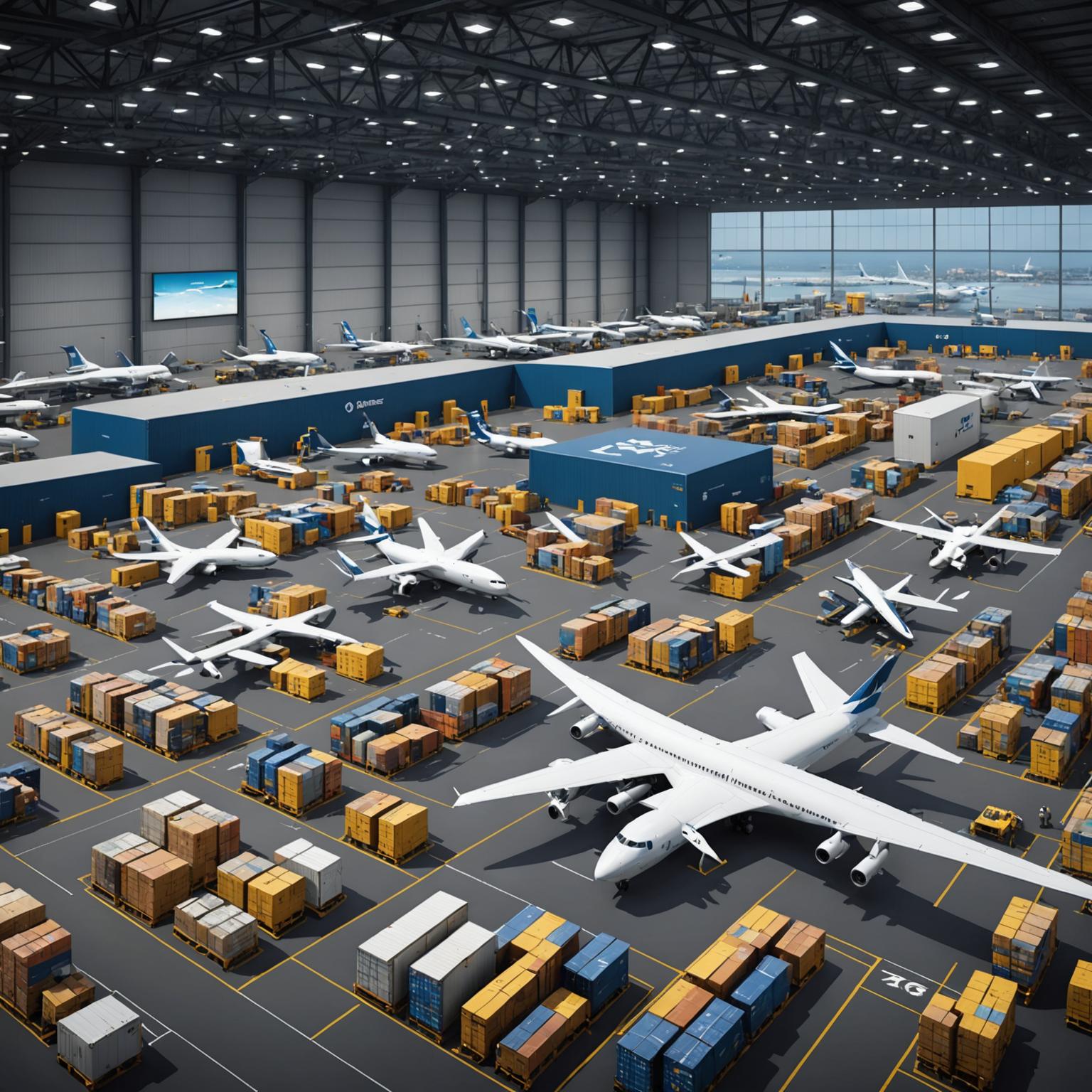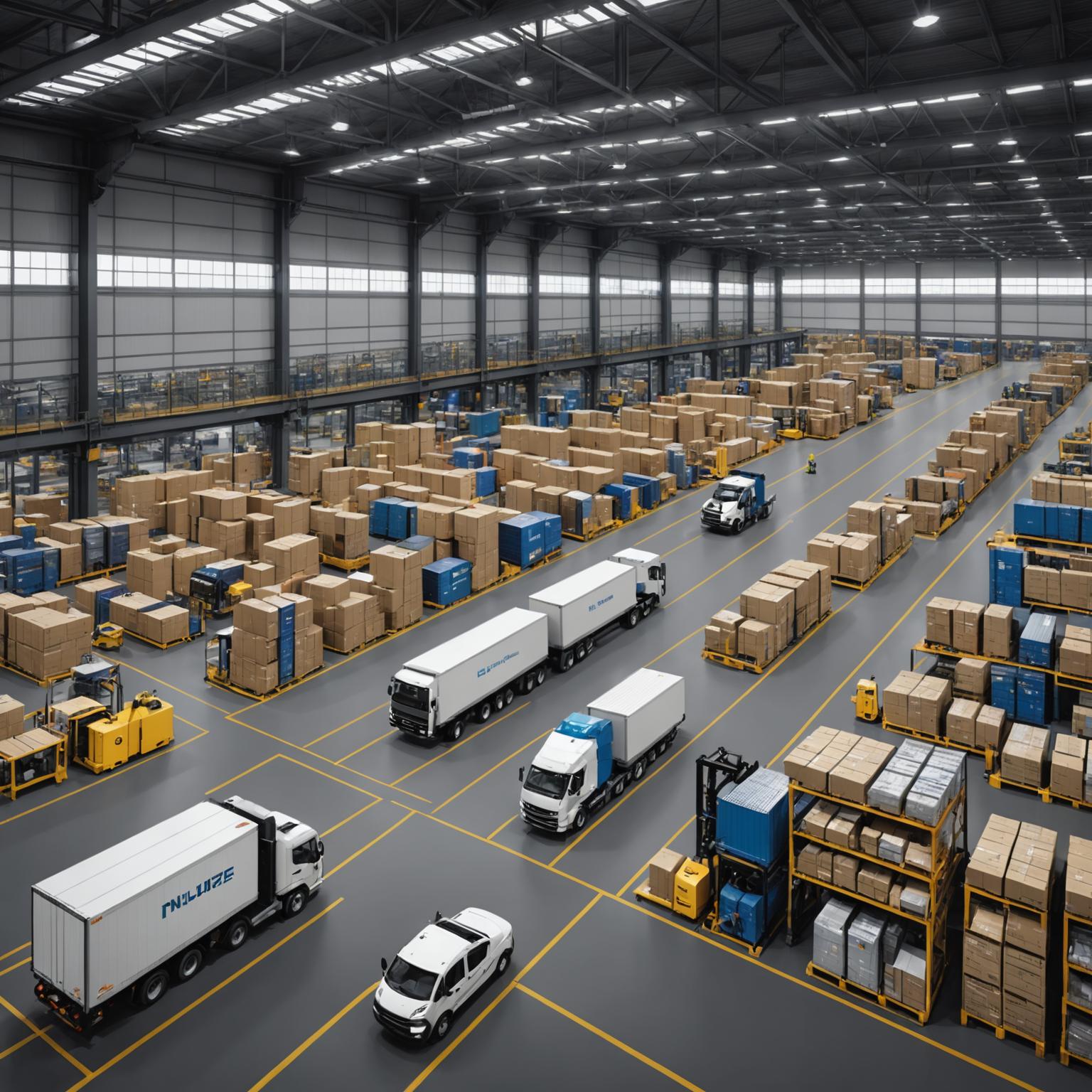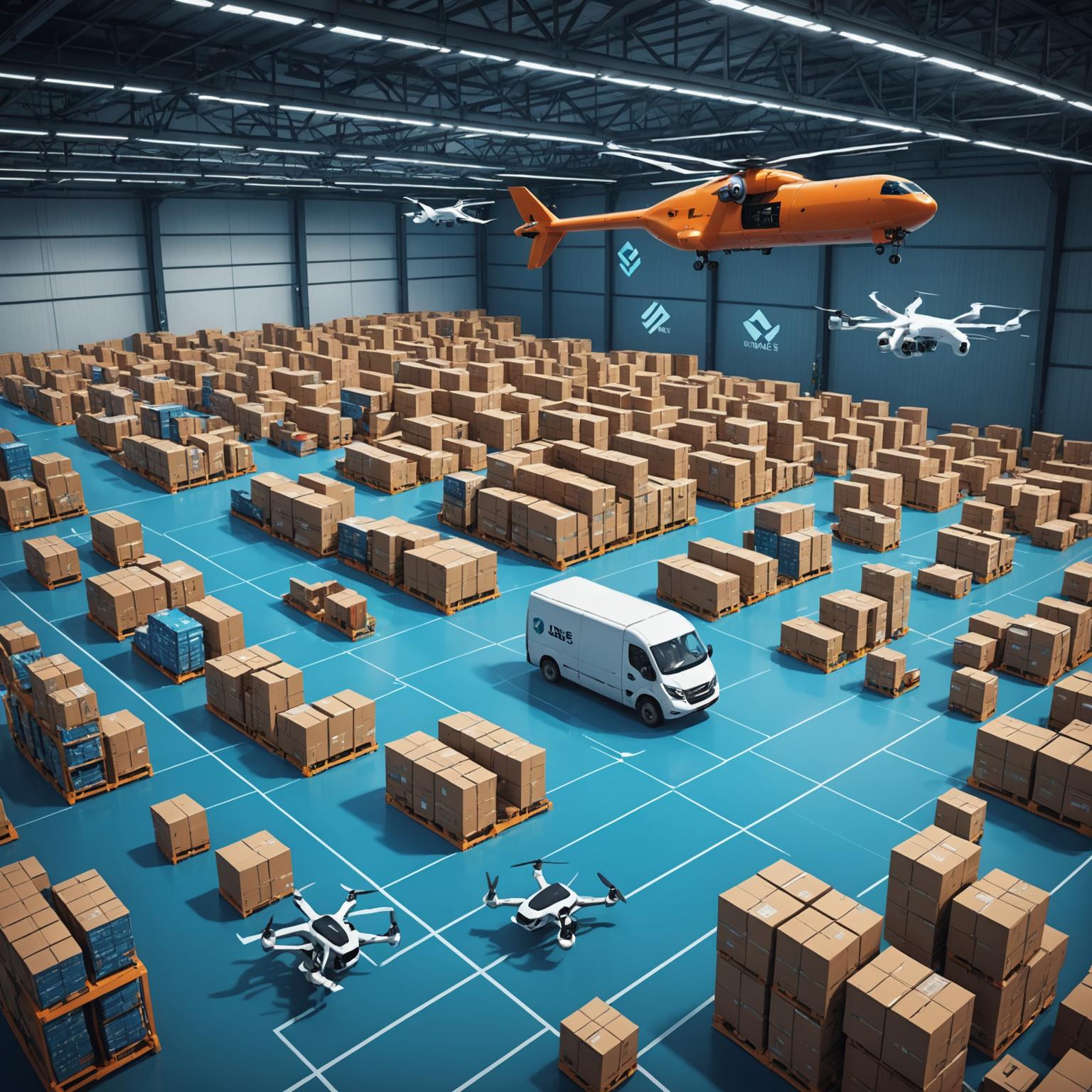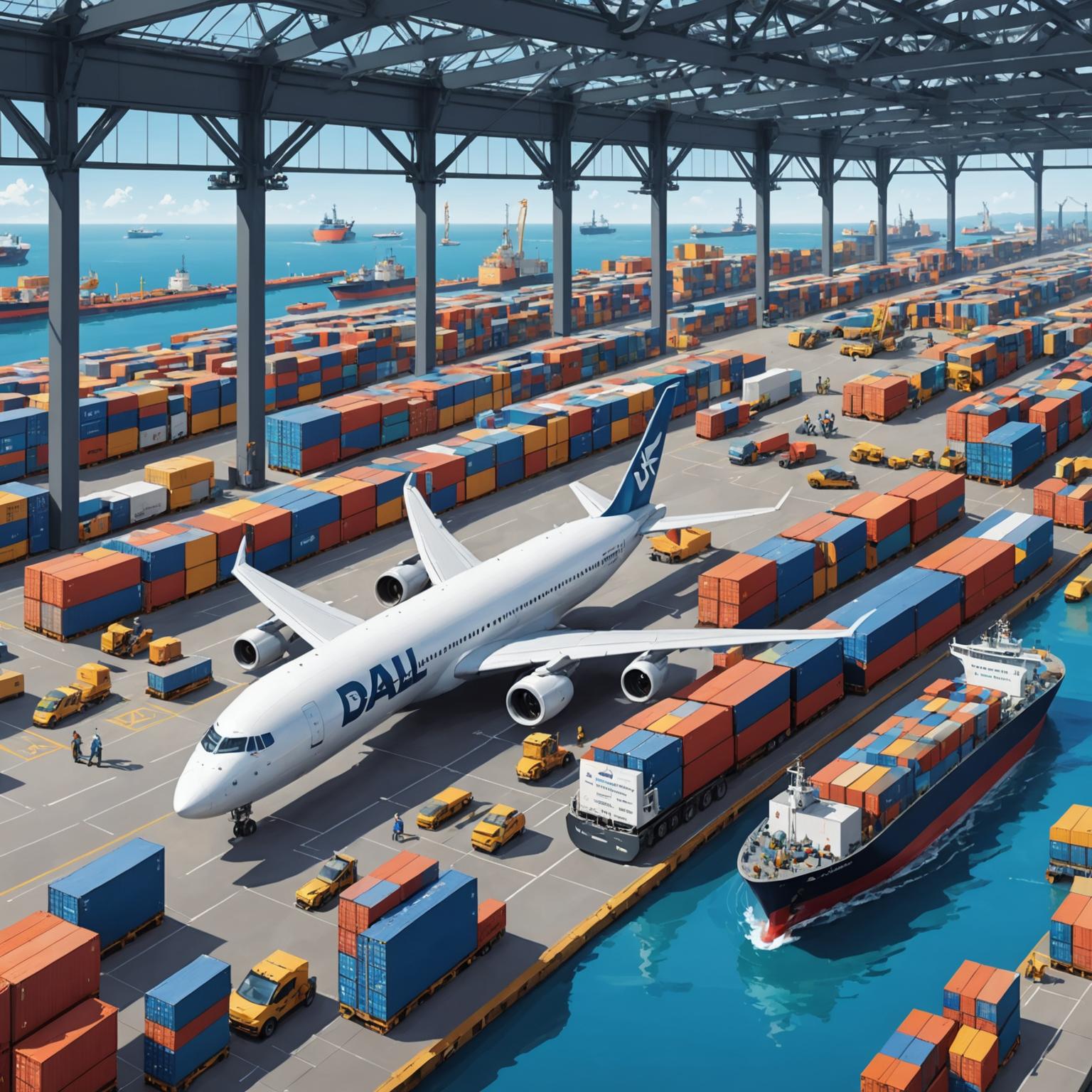The modern global economy is built upon a complex and dynamic network of an interconnected supply chain, and at its core lies the discipline of international logistics. This field governs the seamless flow of goods, information, and resources across borders, ensuring that products manufactured in one continent can reach consumers in another with efficiency and reliability. The evolution of technology has profoundly transformed this landscape, creating a highly integrated and data-driven ecosystem that redefines what is possible in global trade.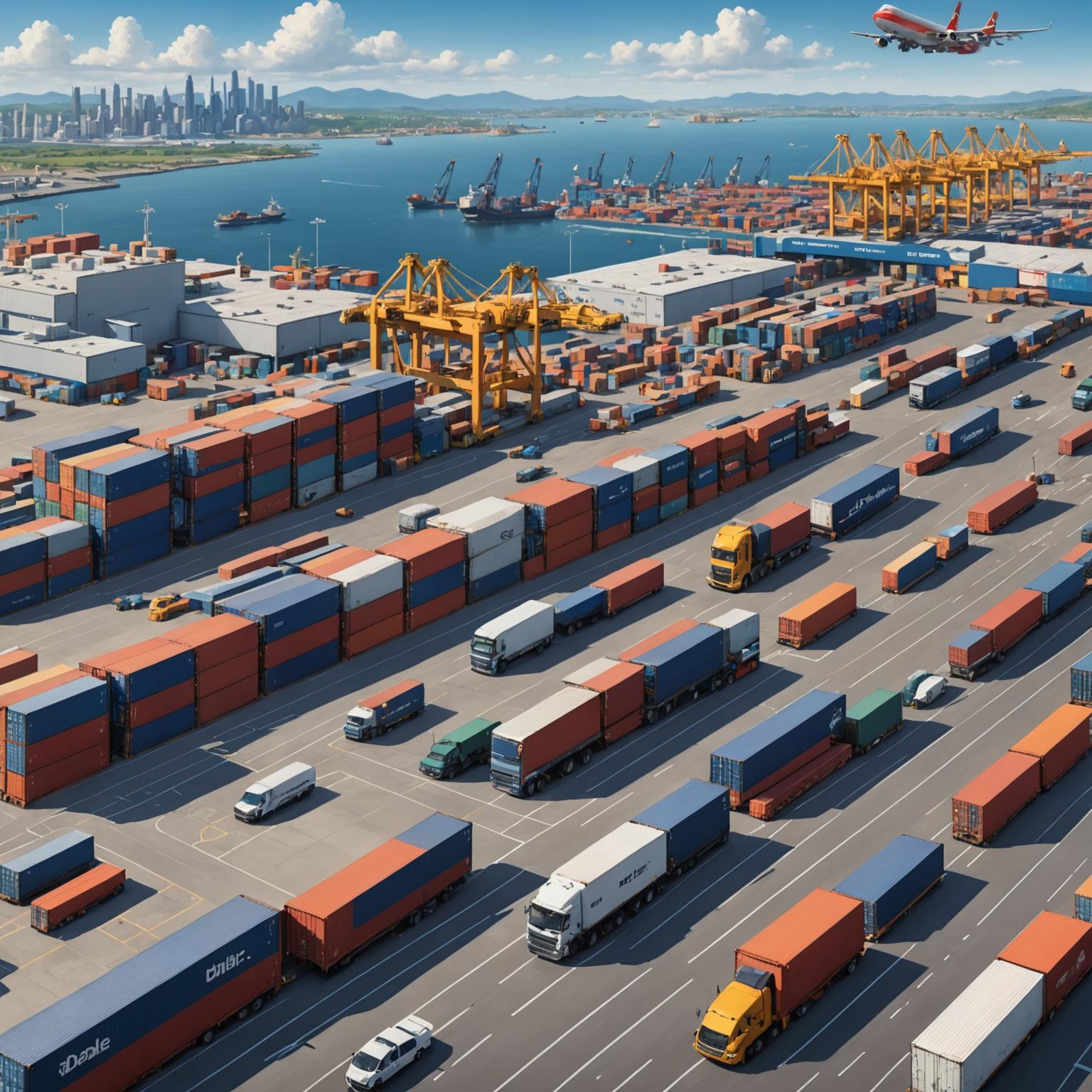
The Integrated Pillars of Global Transportation
At the heart of successful global logistics is the synergistic use of multiple transportation modes. No single method can meet every need, which is why a harmonized network is essential. This ecosystem elegantly combines the strengths of air, sea, and ground transport to create a comprehensive solution. For instance, air transportation serves as the champion of speed, ideal for delivering high-value, perishable, or time-sensitive goods across continents in a matter of hours. Its ability to bypass terrestrial hurdles makes it indispensable for just-in-time supply chains. On the other end of the spectrum, sea transportation is the workhorse of international trade. Colossal cargo ships carrying hundreds of containers represent the most cost-effective solution for moving bulk commodities and large volumes of manufactured goods. These vessels are the arteries of global commerce, linking major ports and supporting the large-scale movement that underpins our modern world. Tying these two modes together is a robust ground network of trucks, which handles the critical first-mile pickup and last-mile delivery, ensuring goods move seamlessly from factory to port and from port to final destination.
The Smart Warehouse: A Central Hub of Efficiency
A truly modern logistics network extends beyond just transportation; its central nervous system is the warehouse. Today's facilities are evolving from simple storage spaces into sophisticated hubs of technological innovation. The Smart Warehouse Management System stands at the forefront of this transformation, optimizing every facet of operations. A key feature is intelligent inventory tracking, which utilizes IoT sensors and RFID tags to automatically record the movement of every item, virtually eliminating manual errors and providing a real-time view of stock levels. This technology also powers collaborative workflow management, where team members use synchronized devices to coordinate tasks, monitor shipments, and fulfill orders with unparalleled accuracy. By leveraging predictive analytics, these systems can even forecast demand, helping businesses avoid stockouts and manage resources more effectively.
Enhancing Safety and Future-Proofing Operations
Beyond efficiency, modern logistics places a strong emphasis on safety and sustainability. Advanced warehouse systems incorporate integrated cameras and automated alerts to ensure a secure working environment, even in fast-paced settings. This focus on technology-driven safety allows teams to operate with confidence. When combined, these elements—integrated air transportation and sea transportation networks, smart warehousing, and data-powered analytics—create a cohesive and forward-thinking logistics ecosystem. This approach is not just about moving boxes; it’s about forging a borderless world for businesses, enabling them to navigate the complexities of global trade with greater speed, flexibility, and environmental responsibility. This is the future of international logistics, where innovation creates a more connected and prosperous world.

